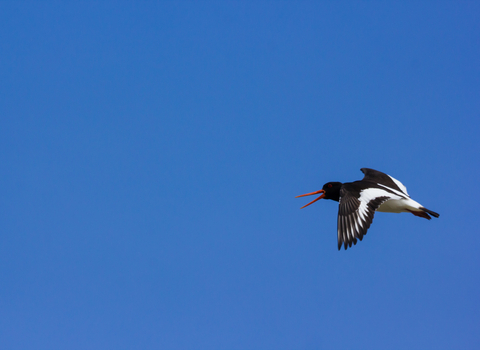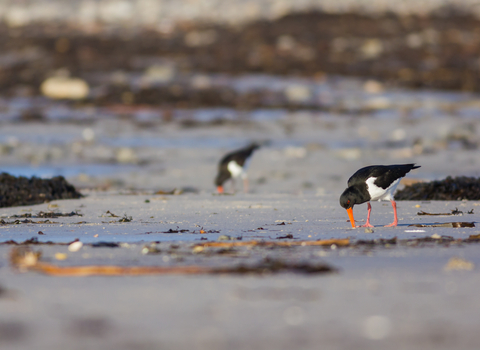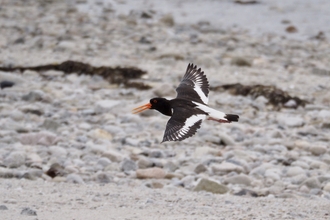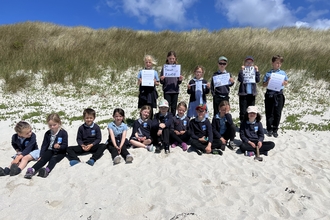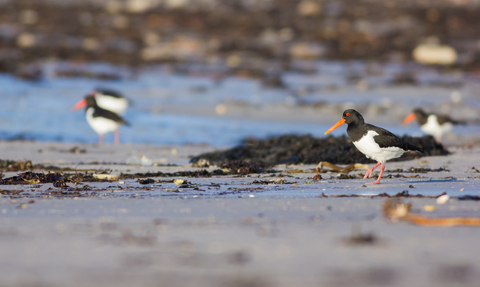
Save our Shorebirds
Scilly's most iconic shorebirds
Oystercatchers are one of Scilly's most iconic island birds. With their striking black-and-white plumage, red legs and carrot-like bill, their shrieks and shrills can be heard on many of our beaches, headlands and rocks. They gather in groups to roost and feed, can be spotted commuting between the islands and raise their vulnerable chicks on the more secluded spots around our coast. Oystercatchers and other shorebirds are highly vulnerable to disturbance from dogs, walkers and other forms of recreation, so we work across the archipelago to give them the best chance of raising their young successfully.
Ways to support our shorebirds
Did you know that the UK breeding population of oystercatchers has decreased by 22% between 1995 and 2020? On Scilly, between 2006 and 2015, we saw a decrease of over 27%.
Shorebirds in decline
Island-wide surveys in 2006 and 2015 suggest that breeding oystercatcher numbers are declining across the Isles of Scilly, dropping from 136 territories in 2006 to under 100 in 2015. Whilst oystercatchers can nest on more secluded uninhabited islands and rocky outcrops, we suspect that increased disturbance across many beaches is playing a role in their declines. For other shorebirds, like ringed plovers, the declines are even more stark and concerning. It is likely that no ringed plovers successfully raised young on St Mary's last year. Oystercatchers are Amber-listed in the UK and classed as Near Threatened in Europe as a whole. Ringed plovers are in even more trouble, being on the UK Red List. This summer, our team have worked with communities on all five inhabited islands to protect our shorebirds from harm, including identifying and monitoring active nests, putting out signs and cordons and raising awareness of the impacts of dogs. We are so grateful to residents and visitors alike for the support our shorebirds have received so far. But there is more to be done.

